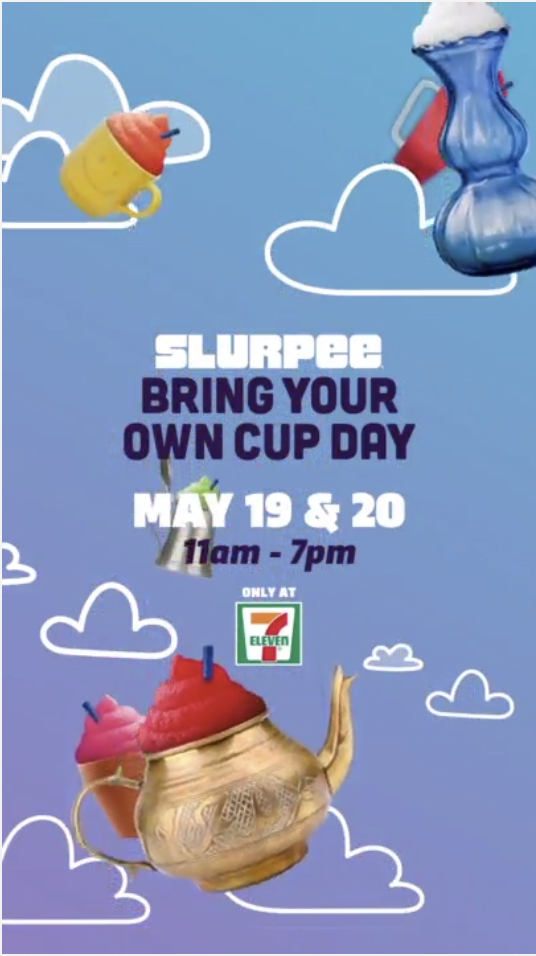The Viewability Differentiator
Snapchat is considering doing something it essentially committed to never doing in its early days—catering to advertisers.
The messaging service is considering implementing a requirement for its users to view an ad for at least three seconds before being allowed to skip it. Currently, users can skip an ad as fast as their fingers can tap the screen. That means many of the video ads on Snapchat don’t get viewed for even two seconds, which is the minimum amount of time set by the Media Rating Council for an ad to be deemed viewable.
Post-IPO Snapchat is a very different Snapchat than pre-IPO, which always emphasized its users and making sure the platform was unencumbered by advertising. But advertisers, rightfully so, want to see results, and if Snapchat could emulate anyone, YouTube’s model of requiring users to view an ad for a minimum amount of time is a smart compromise. Of course, this comes with the risk of frustrating users, but it carves out a niche for Snapchat in the marketing landscape.
Copycat Behavior is Creating Competition
Instagram is basically Snapchat’s evil twin. It seems every week, Instagram is implementing yet another feature that made its debut on Snapchat, including full-screen ads in Instagram Stories that users can tap to skip.
Instagram’s copycat behavior has benefitted Instagram mightily. They offer all of the same features as Snapchat, plus they offer the reach of the Facebook empire. Marketers (and users) have little reason to look elsewhere.
That is until Snapchat implements this requirement. For what Instagram offers in reach, Snapchat could offer in viewability and guaranteed interactions. The benefit of advertising in stories on Snapchat as well as Facebook is the fullscreen immersion brands can create, but if users can immediately skip those experiences, the effort is all for not. Snapchat’s giving brands a chance to connect with users.
Competition in the social networking space is what brought Snapchat to this fork in the road, and competition will force Instagram to respond one way or another.
Platforms copying each other has been a challenge. It means little differentiation in the space, and brands have the same opportunities to engage users, just on different platforms. Now, we’re starting to see some differentiators rise to the surface, and in this case, those differentiators revolve around effectiveness. And differentiators like that will continue to come up as platforms work to attract advertisers and engage their audiences in ways that don’t alienate them.

